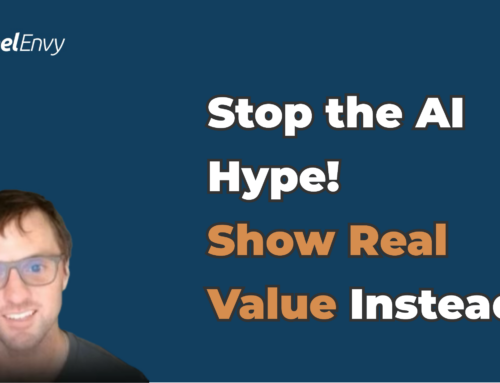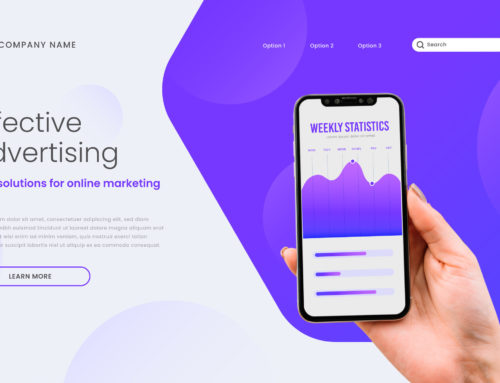Dictionary.com defines personalization as:
“to design or tailor to meet an individual’s specifications, needs, or preferences:”
Yet, little about personalization as it’s currently touted in mar-tech is actually personalized to an individual’s needs & preferences. Instead of serving the optimized experiences for each individual, customers are merely getting segmented into audiences based on predefined rules.
Putting visitors into segmented audience groups is not personalization.
While serving one of five eBooks based on industry is likely improvement over a static site, it’s far off from personalized.
At FunnelEnvy, we define this approach to optimization as rules-based personalization. Let’s compare this to FunnelEnvy’s personalization without rules.
FunnelEnvy enables experiences that are personalized without rules.
Instead of having pre-defined audiences, FunnelEnvy evaluates each visitor and interaction on a 1:1 basis to determine optimized experiences. Our AI based platform is continuously gathering data and self-improving to ensure every touch is optimized for revenue.
The optimized experience that’s served is often completely different than what a rules-based approach, that is void of any relevant customer context, would serve. The reality is that while marketers can do their best to match an audience to an experience, an AI approach that’s not limited by audiences will almost always outperform a human.
Example to illustrate the between rules-based personalization and FunnelEnvy.
Let’s say you own a Fin-tech company that currently has two eBooks to offer potential customers:
A: ‘10 tips for reducing costs’
B: ‘How to maximize your website for growth’
Now let’s say there are three people that visit your website.
Steve: Works at 10 person chatbot startup
John: Works at 2000 person regional clothing company
Tom: Works at 10000 person multinational shipping company
How Rules-Based Personalization handles the visitors:
With a rules-based approach, you decide to create two predefined audiences. You think that companies under 1,000 employees should see one experience, while those above 1,000 should see another.
With the two segments defined:
Steve would see the eBook “10 tips for reducing costs”
John and Tom would see “How to maximize your website for growth”
After running this experiment you find:
Steve – Bought your product.
Tom – Bought your product.
John – Did Not buy your product.
How FunnelEnvy Personalization handles the visitors:
FunnelEnvy analyzes many traits about the three visitors including:
Evaluating historical data of similar companies to those of Tom, John, and Steve
Looking at Salesforce data to look how other individuals in similar funnel position
Evaluating the Behavior of the three individuals on your website.
Much more…
After analyzing all this available data in real time, FunnelEnvy decides that:
Steve would see the eBook “10 tips for reducing costs”
John and Tom would see “How to maximize your website for growth”
There is no predefined audience based on company size, as the AI determines simply picks the experience that will most likely lead to revenue.
After running this experiment you find:
Steve – Bought your product.
Tom – Bought your product.
John – Bought your product.
As we can see from this example, having a fluid system that can bring in data and evaluate optimized experiences on a 1:1 basis outperforms a predefined and stagnant audience approach. If you are serious about optimizing your website for revenue, consider the advantages of FunnelEnvy’s AI-based approach vs a rules-based one.







